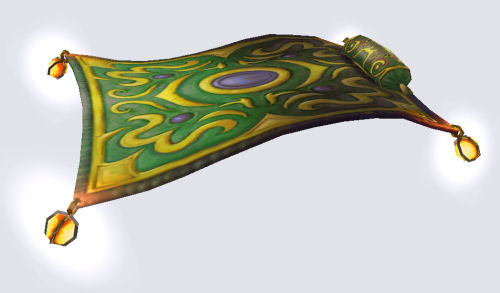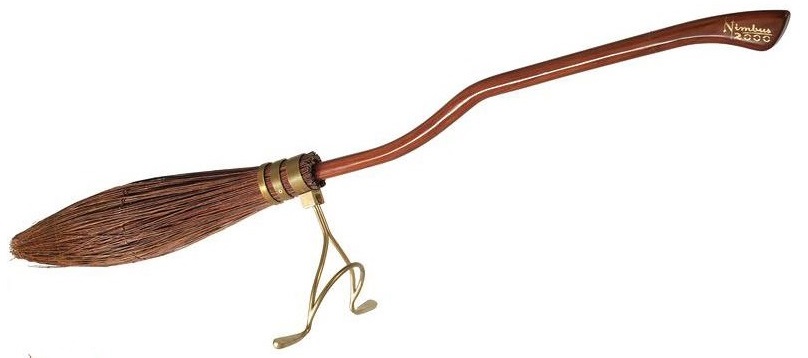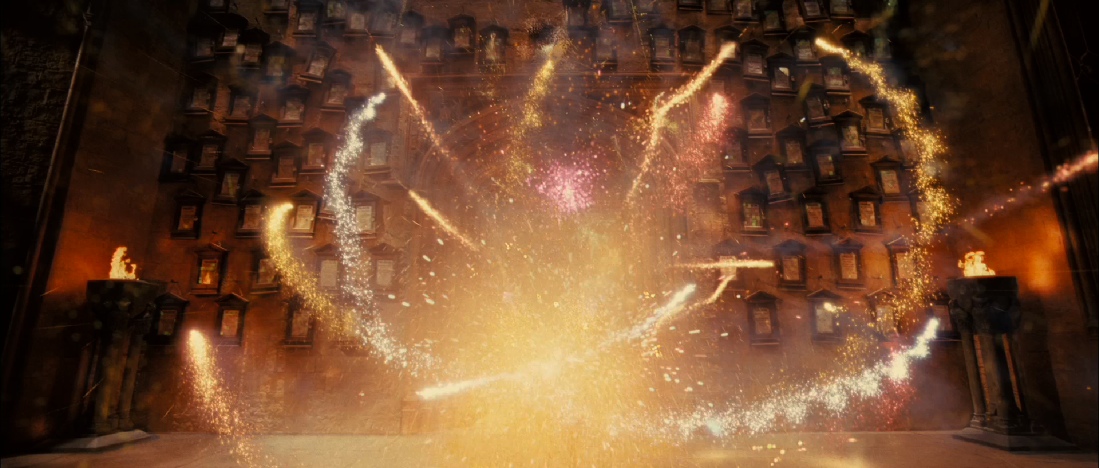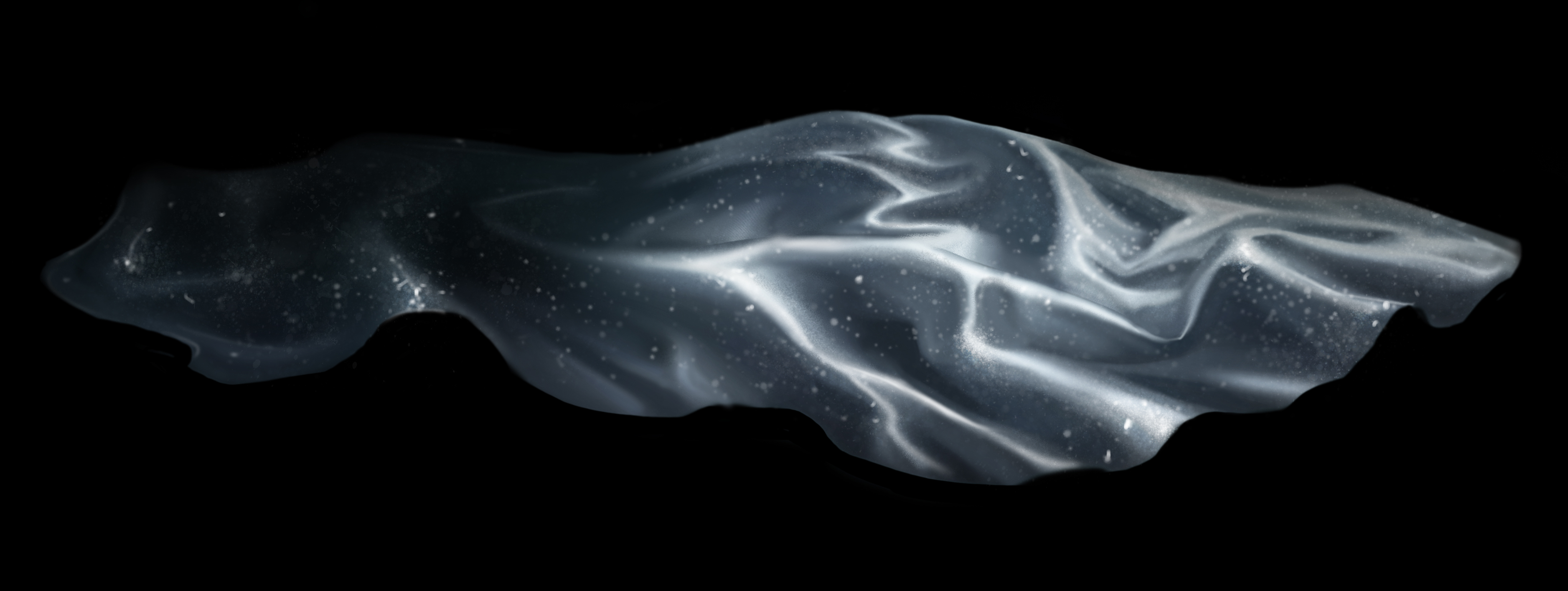Announcements
Welcome to Charms 201!
Please read the following FAQs before joining the class:
When will my assignment be graded?
Charms receives a high volume of assignments submitted each day, and our team is composed entirely of volunteers with real-world obligations. We will not prioritize your assignment over anyone elses. I ask that you be understanding and patient.
If you look in your gradebook, you will be able to see where your assignment is in the grading queue. If you notice that your assignment has not moved at all in the queue after a week, then you may message Professor Laurel or the Head Student, Britini, to look into the issue.
What do I do if I have a question about an assignment?
Please feel free to reach out to any of our PAs with your questions! Just remember: 1. PAs will never give you the answer to a question. They are here to assist you in completing your work; not to do your work for you. 2. If you have any questions or need help, it is always best to ask before you submit your assignment! Keep in mind: Blank answers are an automatic zero; it is better to always try your best!
If you have a question about an assignment that has already been submitted, please send a private owl directly to either the Head Student, Britini, or to Professor Laurel along with your Grade ID for the assignment (this can be found in your gradebook).
If you have any other questions or comments, please do not hesitate to reach out to Professor Laurel or the Head Student, Britini!
Lesson 2) The Basics (Forms, Implementations and Materials)
Welcome students! Today we will start our discussion of magical items and how they are created and enchanted. You will likely be confused about why I have chosen to describe the overall method to the creation of magical items. I could just spend each week describing an item and what it does and how it's made, but that doesn't really help in the long run. So, instead, my goal is to give you an idea of the theory behind how an object is created and discuss the similarities and differences between objects in a more easy to understand manner.
Please note that this year will involve much more theory than last year. We will be learning about types of magical objects and the spells used to make them, but we will not be learning to cast these spells ourselves because (as you'll learn in later lessons) these objects are extremely difficult to create. For those of you who may benefit from the equation, here is the basic method for creating a magic item, often called the Formula:
Material(s) + Charms and Spells (Forms) = Bewitched Object (Implementation)
Forms
Almost all magical objects have properties in common with other items, and every item has unique properties that set it apart. A broomstick and a magic carpet both have a similar function, which is to move the user from one location to another by flying. Broomsticks, however, display a greater level of fine control and speed. The user can make effortless sharp turns, swiftly dive, and move at high speeds. A carpet, on the other hand, can fit more people and cargo, but it's slower and can't make sharp turns or other precise movements. Both are magical means of flight (and bewitched in fairly similar fashions for the most part) but each serve very different purposes.


Let’s take a look at exactly what we mean by "Forms." A magical craftsman doesn't just throw a bunch of ingredients together and whisper a single spell to make the item work long-term. He must manipulate a great deal of magic together, weaving it with other spells, in order to make an object work. Keep in mind that the same spells that can make a dictionary move around (like the Levitation Charm) are not used when crafting an item as they are too simple and do not cover everything. To make an object fly, you have to precisely apply a series of spells that control how high it goes, how fast it goes, how it slows down, how it changes direction, and all sorts of other things. Now, I could describe each individual spell every single time I want to describe something that flies or moves, but it's much easier to wrap all of these similar types of spells into a single term. That term is "Form."
The previous example demonstrates how Forms work. Both the broomstick and the carpet use the same Form (the Motion Form, to be precise) but in different ways. A Form is simply a package of spells, similar to a toolkit, to be applied to physical material. When I say that a magic carpet uses the Motion Form, I mean that it uses one or more of the spells that are within that particular package. The two items differ, however, in some of their other forms: a broomstick, for example, uses the Mounting Form for more comfortable seating. A carpet, already comfortable, does not need that additional Form.
It’s also important to note that spells found within a Form typically don’t do much on their own. Unlike the Softening Charm, for example, the Acceleration Charm (which allows a magical item to increase its velocity) isn’t really practical when it is the only spell cast upon an object. If I were to cast it upon a ball and then kick the ball, it would just accelerate in some direction for a second or two until the magic gave out. When woven together with other spells from the Motion Form, however, the Acceleration Charm is much more useful.
We will be going over many different Forms throughout the year. I shall describe what effect the Form produces, some of the spells typically found within the form, and note at least one or two objects that implement the Form in some fashion. To reiterate, a Form is just a grouping of spells that (when cast together) provide some magical effect in the material it's cast on.
Magical and Mundane Materials
It is never enough to simply cast a series of spells upon any old object to achieve a properly functioning magical item. Spells cast upon mundane, non-magical materials do not usually last very long. The magic can be weaker and may ultimately fail by violently destroying the bewitched material. Magical materials are almost always preferable, though more expensive than mundane materials.
Magical materials are natural items derived from magical sources. A wand’s wood comes from a naturally magical tree while its core is always from a magical life-form of some kind (typically a creature, though the rather weak Dittany stalk can rarely be seen in antique wands). Different materials produce different results when bewitched or paired together (as in the case of wands).
The greatest advantage to using magical material is in longevity. An item crafted from magical materials is better able to absorb and retain the magic cast upon it. This is particularly important for those objects that don’t release their magic in a single burst. We wouldn’t be able to have brooms or wands or most of the magical items we take for granted if the magic within them needed to be constantly renewed and refreshed.
Magical materials are also more efficient at releasing the magic stored within. This can be seen in broomsticks, whose quality is determined by both the skill of the crafter and the potency of the wood used in its construction. A new Firebolt will outpace a new Nimbus 2001 because the Firebolt is made with only the most potent of magical materials combined with unparalleled craftsmanship.

Of course, mundane materials are almost always cheaper to obtain and can be more useful when used to create certain kinds of magical items. Some items discharge their magic when touched (though this is typically seen in muggle-baiting more than anything) or, in the case of Filibuster’s Fireworks, produce a single effect that would consume the material anyway. Simple items, such as pranks or magical edibles, don’t require the benefits that magical materials provide, so using mundane material to make them is the reasonable, cost-effective way to go.
Naturally Magical vs. Artificially Magical
Most of the magical objects we use in the Wizarding World are bewitched to achieve their effects. However, some magical materials can be combined into a practical object without requiring a single spell to be cast. Let’s look at a few examples.
The wand is the immediate and obvious example. A wandmaker must carefully and precisely select wood from the branches of a suitable magical tree, coax magical creatures into giving up or donating magical materials (to put it lightly), then have the skill to insert the material into the core of the wand and seal the wood back up. The wand possesses no “make magic happen” charms. The material, naturally magical, is paired in such a way that it connects with compatible wizards and gains its measure of semi-sentience when handled by them.

Invisibility cloaks are another example. There are a few different ways to make an invisibility cloak, one involving soaking a mundane cloak in potions and bewitching it. Such a process creates artificially magical material. However, another way to produce an invisibility cloak is to track down a Demiguise for their hair. The hair of a demiguise has the magical property of invisibility and, when woven into an invisibility cloak, can confer this property upon the user. Of course, such invisibility cloaks have their limits, as obviously no invisibility cloak can last forever*. A cloak made out of Demiguise hair will eventually turn opaque as it loses its invisibility-granting magic. Another downside is that the Demiguise is devilishly tricky to find and requires trained professionals to capture long enough to harvest some of its hair. It also takes many Demiguise to create a single invisibility cloak.
Despite the examples above, most magical materials do not have properties that make them readily useful to everyday wizarding life. A single dragon scale may have magical properties that allow it to deflect spells, but it takes the assembly and bewitchment of an entire array of them to create suitable armor. Magical wood is often best for transferring magical energy from the witch or wizard to the item, though a magical piece of wood on its own doesn’t do much good. Having said that, more uses for magical materials are being discovered even now. The former Headmaster Albus Dumbledore is famous, in part, for discovering the twelve uses of dragon’s blood. Therefore, while magical materials are naturally magical, their magic needs to be manipulated and sometimes added onto in order to get the desired effects.
* Note that Harry Potter, the wizard most famous for the defeat of Voldemort, is purported to have an Invisibility Cloak that does not fade with age or lose its bewitchment. Some even think it might be one of the Deathly Hallows from The Tales of Beedle the Bard, though this is highly speculative.
Implementations
The Implementation is what we call the end result of taking materials and applying spells to them. A broomstick begins its life as a piece of wood and twigs, though usually the wood and twigs come from a magical tree. The wood is cut, shaped and prepared until it resembles the final product, and then the spells are laid upon it.
We generally just call an Implementation by its product name (i.e. a “broomstick” or “self-inking quill”) as these names are easier to remember and use. An Implementation can be likened to a recipe; the basic materials have spells (the Forms) applied in order to produce the desired magical item. The skill and finesse of the bewitcher determines how well the item functions. This is the primary reason why we don’t just create our own magical items. Sure it's possible to make your own broom, but there are people who are much more skilled and have the time, patience, knowledge and skills to find only the best materials and apply the necessary spells in the best way to create a great product.
Even though I may be an expert on charms, I don’t have the practice and knowledge necessary to coax the best performance out of each spell in a specific series. Even if I knew and could cast all of the spells, there is still a level of knowledge and skill involved that takes time and training to master. There’s also the matter of materials.
Homework
This week you'll have a worksheet as well as an extra credit journal. I look forward to seeing you next week!
Image credit: Harry Potter Wiki, Best Practices Construction Law
- CHRM-101
Enroll
-
Lesson Two Extra Credit
Essay -
Lesson Two Worksheet
Assignment
-
Britini
Head Student
-
Jean V. Ollivander
Professor's Assistant
-
Evony Senoj
Professor's Assistant
-
Will Bryce
Professor's Assistant
-
Tulip Karasu
Professor's Assistant


